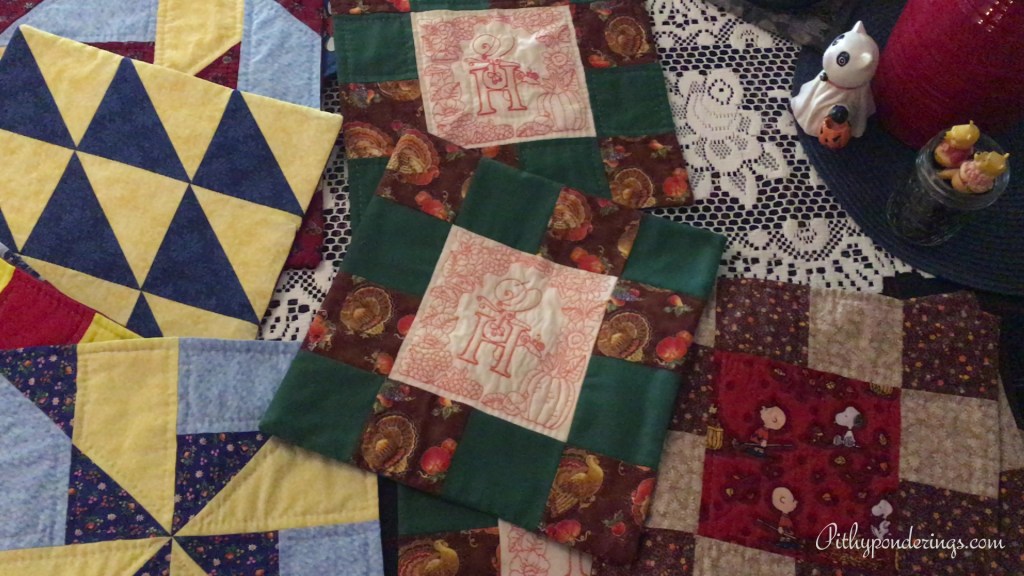The journey of life can lead us to the certainty of the truths we seek, but only if we avoid the pitfalls that can come due to expectation.
Expectation can often be the biggest roadblock faced on any journey. Expectation can even scuttle a journey before it begins. Remember, expectation is only a belief in something, whereas, it is on the journey that certainty can be found.
Truth is both simple and complex – the greatest of all paradoxes. Truth is more than just a belief, it relies on a preponderance of evidence. Sometimes this evidence has little value or certainty for anyone other than ourselves, but that does not mean the evidence is not valid. It may simply mean that we are seeking a small understanding of something much greater than we are yet ready to perceive.
If we remember that expectation is simply the starting point – the hope, the belief, the dream – and that the journey provides the data, the trial, and the proof, then we should move beyond belief and gain the true knowledge life offers to teach us.



